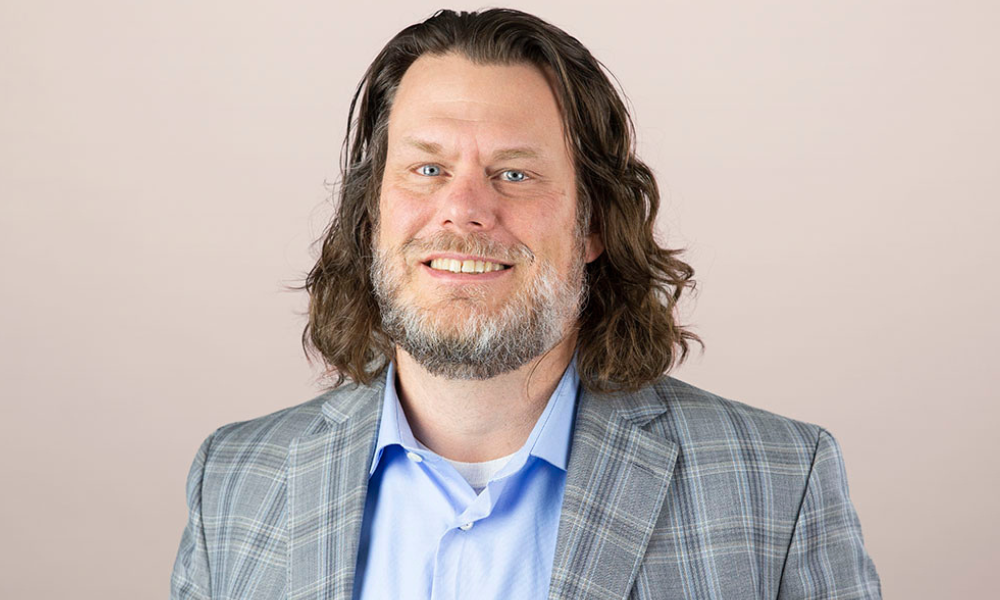
'The way that operations run in a company has a big impact on the employee experience. But HR doesn't own operations'

Employee experience has been gaining traction in recent years as employee retention continues to be a pressing challenge for organizations of all sizes. Employers are realizing that tracking and improving the day-to-day experiences of their staff can have profound effects throughout all levels of the organization, from customer experience to overall wellbeing and profit.
HRD recently spoke with Forrester principal analyst David Brodeur-Johnson about the connection between distraction and EX, and what role HR can play.
Productivity is a crucial element of employee satisfaction and happiness; in its latest research, Forrester identified that ‘making progress’ makes people feel happy and engaged with their work, more so than superficial rewards or perks.
Distraction and burnout can get in the way of that, he said.
“It's not something companies usually measure for: burnout. When they're having a high degree of burnout, people are just disengaged, they're coming in late, or they're just not really being that productive or engaged in what they're doing ... they notice it, but they don't know how to measure it.”

“An important measure of success is employee engagement – are people energized and motivated and engaged in what they're doing, are they fully immersed? An environment that's really good at that is getting the most from people,” said Brodeur-Johnson. “Employee experience peaks when people have good days at work.”
High performance equals the ability to self-regulate attention and stay focused on the work that matters most. Brodeur-Johnson stated that maximum human performance happens in “flow”, noting that the top 1% of employees are significantly more productive while doing “high complexity” work (127%) as compared to medium complexity work which saw them 85% more productive. Top 1% employees were 52% more productive while performing low complexity work.
A third of over 15,000 global information workers surveyed by Forrester said that distraction is a main barrier of engagement.
Distraction and deep work equal employee engagement
Brodeur-Johnson explained how a state of flow or ‘deep work’ is when employees do the most meaningful, impactful work.
“That's when the ball moves forward for companies, so distraction works against that,” he said. “If we are running an interrupt-driven organization, where people who we really need to be able to focus can't focus, we're not going to get things done. Projects fail.”
While HR has many of the capabilities that EX needs to be successful, Brodeur-Johnson said, it doesn’t have the “span of control” to implement them in other departments. The technology environments that employees work in that dictate their experience directly are not under HRs jurisdiction.

Where HR can play an important role in EX is through raising awareness and advocating for human relations topics, including using internal surveying to gauge EX and relay the information to other department leaders.
“The way that operations run in the company has a big impact on the employee experience,” Brodeur-Johnson said. “But HR doesn't own operations. They're an advisor, they don't own operations. And yet, those are some of the things that really have a big impact on how people experience working for their companies.”
HR is in the position to identify burnout where other departments can’t, he said; there is a crucial element of human relations principles that apply in EX. This is why collaborative strategies between HR and operational departments are important.
“These other leaders will benefit from having a different understanding, a broader understanding of the employee experience factors involved,” said Brodeur-Johnson.
“I would say it's the best of HR. The capabilities and insights that really good HR leaders and HR people have about people, about what motivates people and energizes them – more people need to know that. More people need to be aware of that and more people need to take it seriously.”